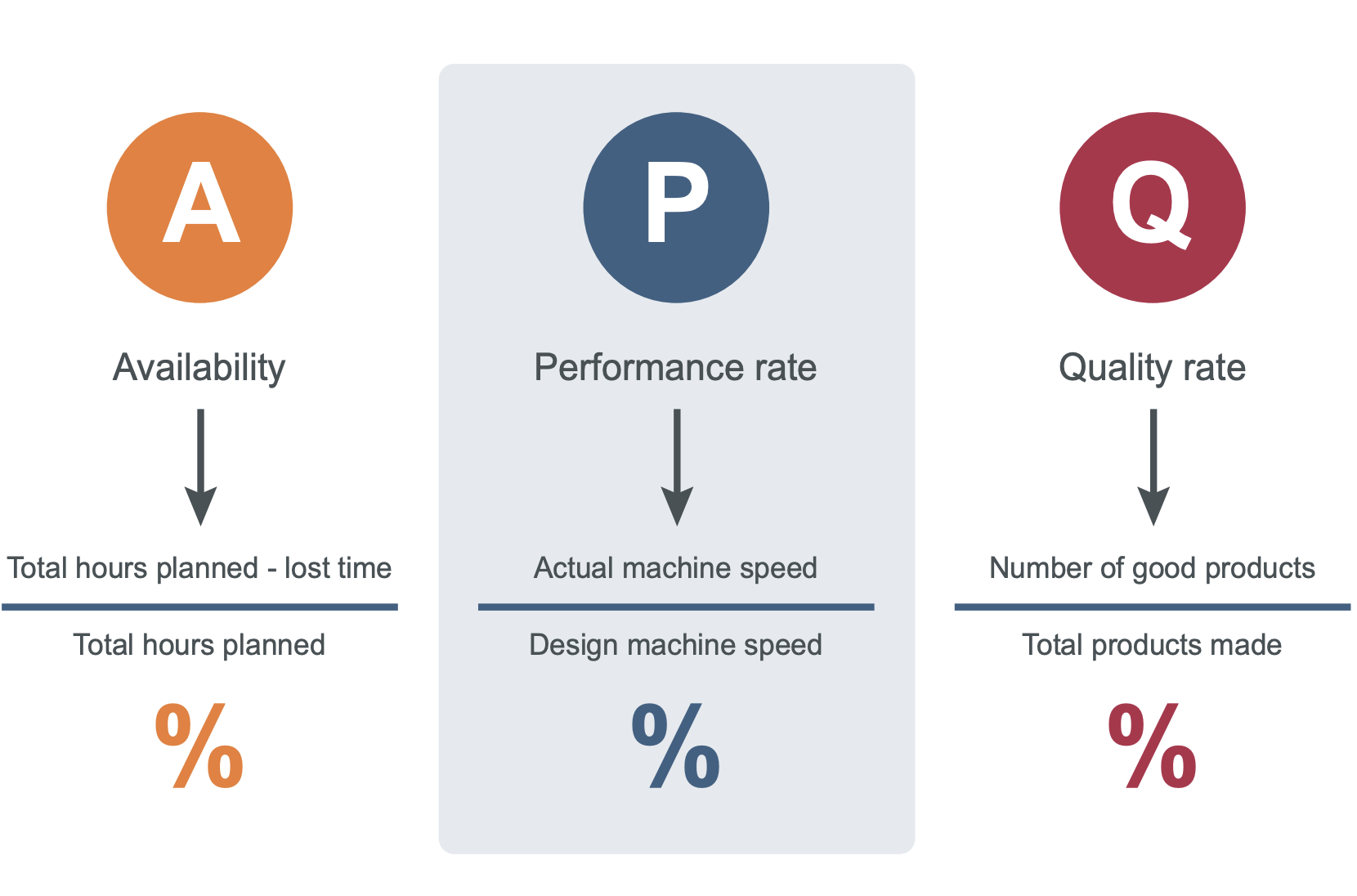Increasing Efficiencies with Returnable Asset Tracking | SPONSORED
Boosting profitability, the sustainable way using Returnable Asset Tracking
Perhaps the most impactful way to optimize workflow and increase efficiencies in large-scale manufacturing is to ensure that your machines are producing at full capacity and never experience unplanned downtime. Today, modern manufacturing enterprises express their progress towards maximum productivity as Overall Equipment Efficiency (OEE).
OEE is calculated based on a machine’s availability, performance rate and quality rate with average values between 60% and 85%. To maximize performance rate, the machine needs to be consistently supplied with raw materials, the machine cannot experience unplanned downtime, and the machine must have somewhere to store production output.
In the case of raw materials and finished goods, suppliers and OEMs regularly use dedicated shipping containers, also called dunnage. And in industries with high value products, such as automotive manufacturers and the Tier 1 and Tier 2 suppliers that feed them, specialty shipping containers aren’t an option, they’re a requirement.
Today, the relationship between Tier 2 component suppliers to Tier 1 assemblers, and Tier 1 assemblers and automotive OEMs isn’t solely dependent on providing materials in a timely manner, but they must be delivered in specific orientations, and with the highest, defect-free quality expectations. To accomplish this, automotive suppliers regularly spend considerable resources to develop custom containers to protect their products and offer plug-and-play compatibility with the Just-In-Time (JIT) manufacturing processes championed by automotive OEMs as well as most other manufacturers.
Racks holding doors or car windshields may cost $5,000 or more per container, consuming considerable resources. But the true liability to the manufacturer doesn’t just lie with the loss of an expensive container, but by the potential for interrupting production efficiency, resulting in delayed orders, damaged brands and potentially lost customers.

Returnable asset tracking systems offer a solution to both asset allocation and productivity interrupters. By using commonly available tracking methods – ranging from manual scanning of barcodes to fully automated RFID, Bluetooth and GPS tracking systems – manufacturers can cost-effectively protect valuable assets, and even more valuable customer supply chains and relationships. Find more use cases of OEE in IoT.
Sponsored by IFM
About the Author
TJ Berlin is ifm’s North American Product Manager for Identification Systems, including industrial multi-code readers and LF/HF/UHF RFID tracking solutions for production and intralogistics/ logistics processes. With seven years experience as a technical sales engineer, TJ gained extensive exposure to plant operations, improving equipment efficiency, and logistics and supply chain optimization within various industrial markets. Currently focusing on new camera technologies and possessing a comprehensive understanding of RFID in tracking systems for high speed applications, TJ maintains, “I hope to continue to develop and offer solutions that maximize efficiencies in tracking and tracing in the age of Industry 4.0.”



